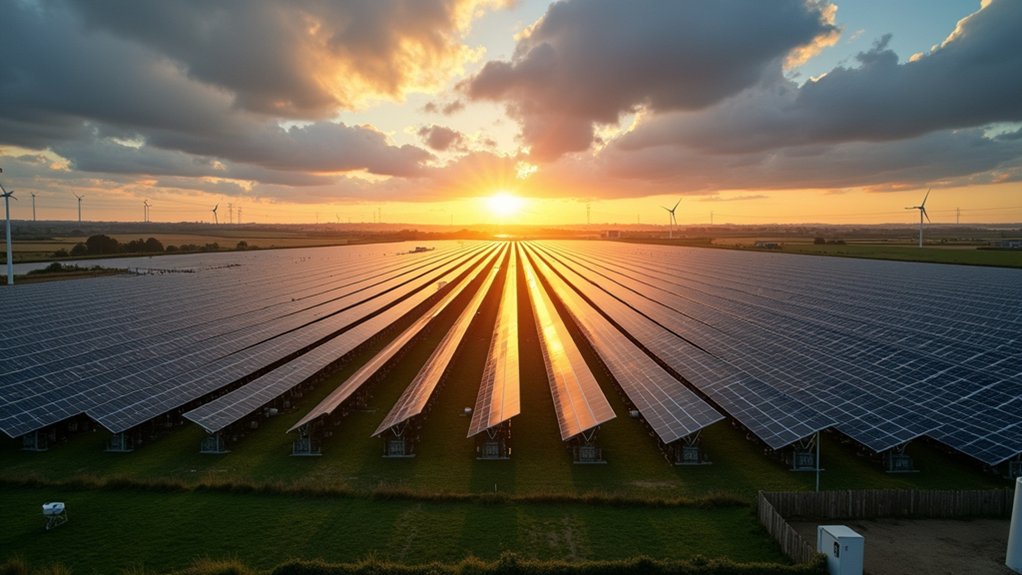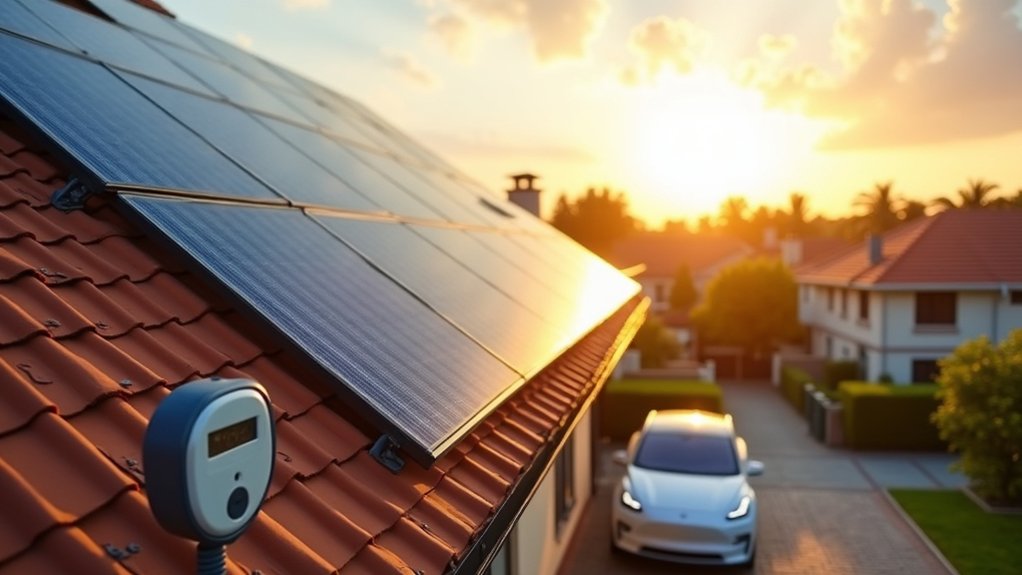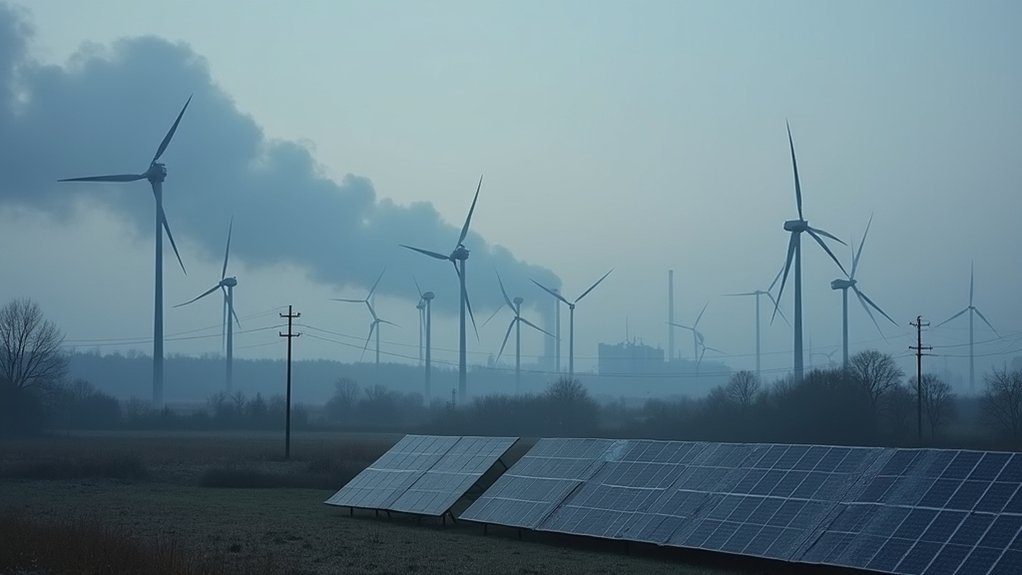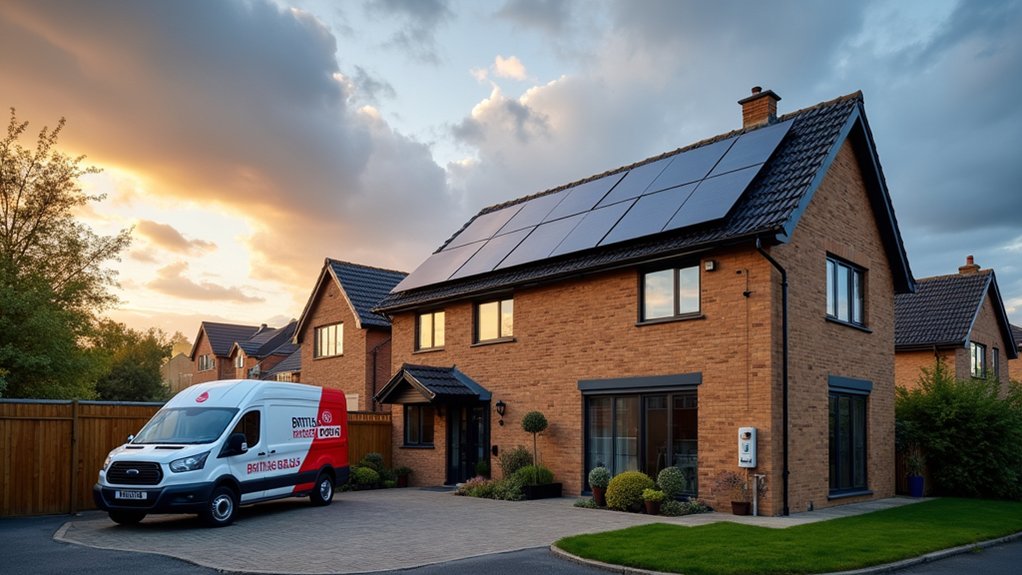While global energy markets continue to diversify, the United Kingdom has emerged as a significant player in solar power development, with installed capacity reaching an impressive 17.2 GW by October 2024. This represents a 6.3% increase year-on-year, adding approximately 1 GW of new capacity. The growth trajectory since 2010 has been nothing short of remarkable – an 18,000% increase from the mere 0.0937 GW installed fourteen years ago.
The UK’s solar landscape is characterized by ground-mounted installations, comprising roughly 55% of total capacity. Domestic rooftop systems account for 30% (5.2 GW), with commercial installations making up the remainder. I’ve tracked this landscape shift from mainly residential to more utility-scale development over the past decade. The recent success of the sixth auction round has secured 3.3 GW capacity across 93 solar projects, setting the stage for substantial growth in 2025.
Policy decisions have dramatically influenced the sector’s growth curve. The introduction of Feed-in Tariffs post-2010 catalyzed exponential growth, while subsequent cutbacks in 2016 and the scheme’s discontinuation in 2019 temporarily dampened enthusiasm. Recent high energy bills, however, have reignited consumer interest, with 2023 witnessing 196,760 installations – second only to 2011’s record figures.
Domestic adoption continues to accelerate, with 1.5 million UK homes now equipped with solar panels, a staggering 5,217% increase from 2010. This renewed momentum is particularly evident in recent statistics showing residential installations accounting for 73% of new capacity additions in October 2024. The industry also provides significant employment opportunities with 13,860 people working in the UK’s solar energy sector as of 2023.
The solar revolution has reached Britain’s rooftops, with 1.5 million homes now harnessing sunshine to power their future.
Investment opportunities remain substantial but contingent on policy stability. Industry analyses suggest that up to £26 billion in investment could be at risk if government support wanes post-2030. Current trajectory points toward 47 GW capacity by 2035, requiring remarkably little land – just 0.39% of UK territory not already hosting solar facilities.
Battery storage integration represents the next frontier, with capacity projected to increase from 5 GW to 27.1 GW by 2030. This synergy between solar generation and energy storage capabilities positions the UK firmly within the global renewable energy evolution, despite persistent challenges in maneuvering the policy landscape.









